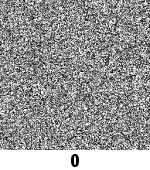
Supplementary Material Page for Our CGF Paper
Electrostatic Halftoning
Home
About Us
People
Teaching
Research
Publications
Awards
Links
Contact
Internal
Results
In this section, we present some results created with our algorithm. For larger versions of the continuous results, click the corresponding images. More results can be found in our paper.
Grey-valued Example
First, we halftoned the Trui test image from the SIPI database. We have chosen this image as it contains both sharp edges as well as smooth transitions and large homogeneous regions. Thus, one can also clearly observe the artifacts in the energetically optimal continuous result (bottom left), which are successfully removed by our jittered variant (bottom right).
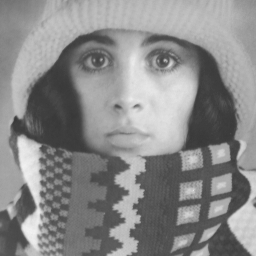 Input image |
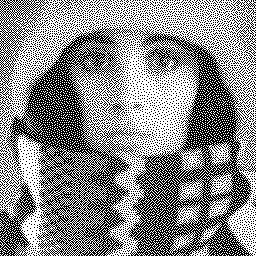 Dithering result |
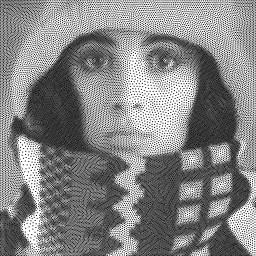 Continuous result
Continuous result
|
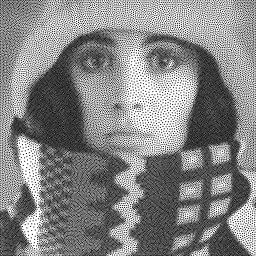 Jittered continuous result
Jittered continuous result
|
Colour-valued Example
In this example, we considered an image in the CMY colour space, and treated the three channels independently.
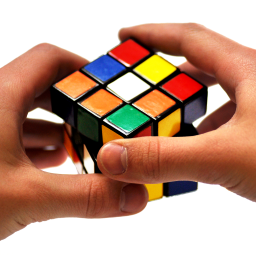 Input image |
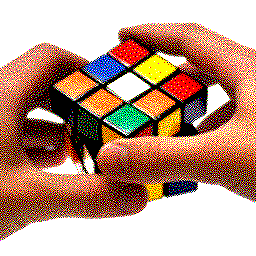 Dithering result |
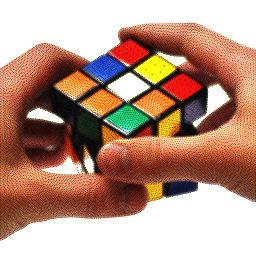 Continuous result
Continuous result
|
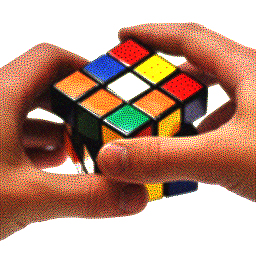 Jittered continuous result
Jittered continuous result
|
Different Printer Resolutions
To demonstrate the adaptiveness of our algorithm to different device resolutions, we rendered the test image Leonardo da Vinci: The skull bisected and sectioned with varying dot sizes. We see that even for large dots, the structures in the image are still well visible.
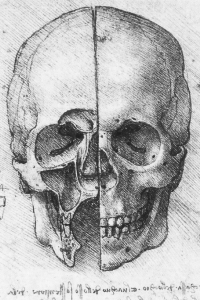 Original image |
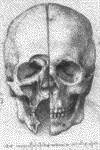 Radius = 0.5px |
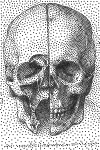 Radius = 1.0px |
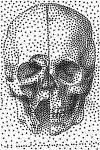 Radius = 1.5px |
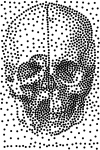 Radius = 2.0px |
Particle Evolution
As described in the paper, our algorithm smoothes out errors very quickly. Even
though we initialised the image with random noise of the desired average grey
value, the generated results already look appealing after very few iterations.
We demonstrate this behaviour in a small animation that is visible to the
right. The numbers below the image refer to the iteration. Please click on the
thumbnail image to see a full screen video of
this animation.
More experimental results and a detailed mathematical evaluation with respect to different error measures can be found in our paper.
MIA Group
©2001-2023
The author is not
responsible for
the content of
external pages.
Imprint -
Data protection
